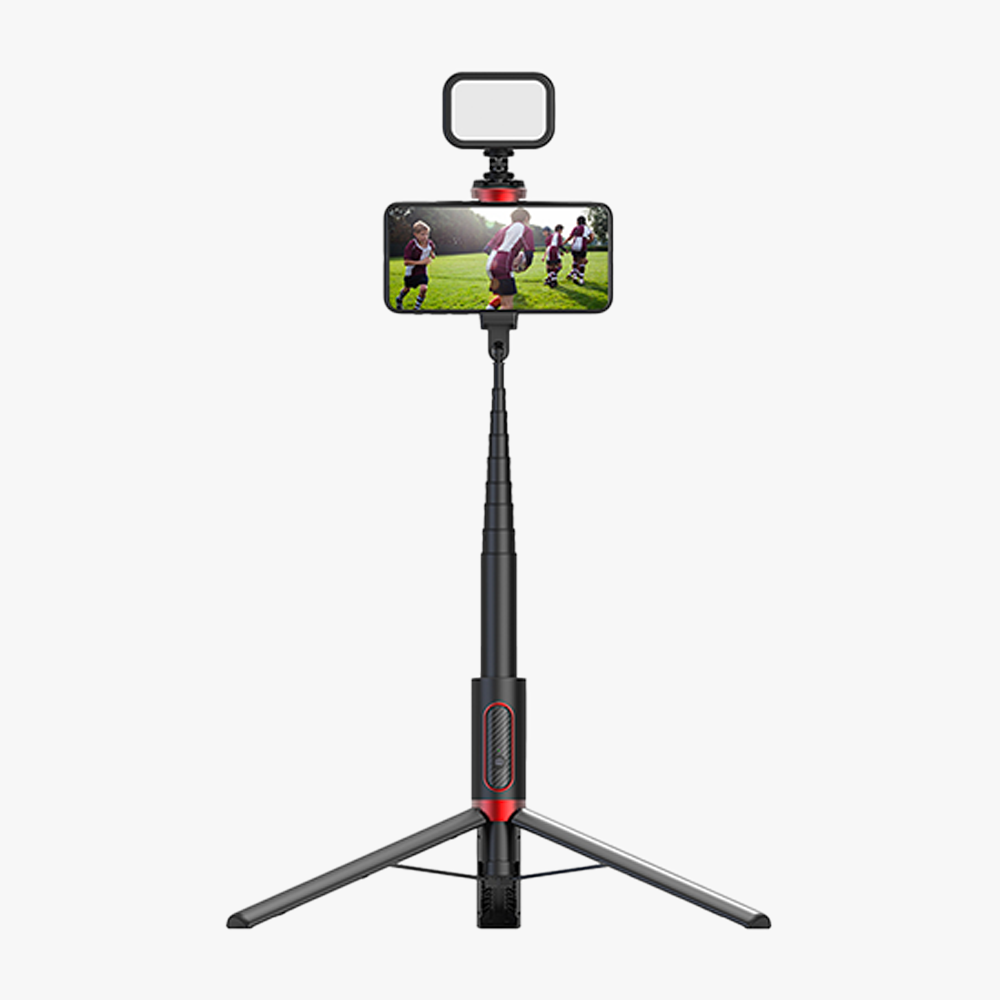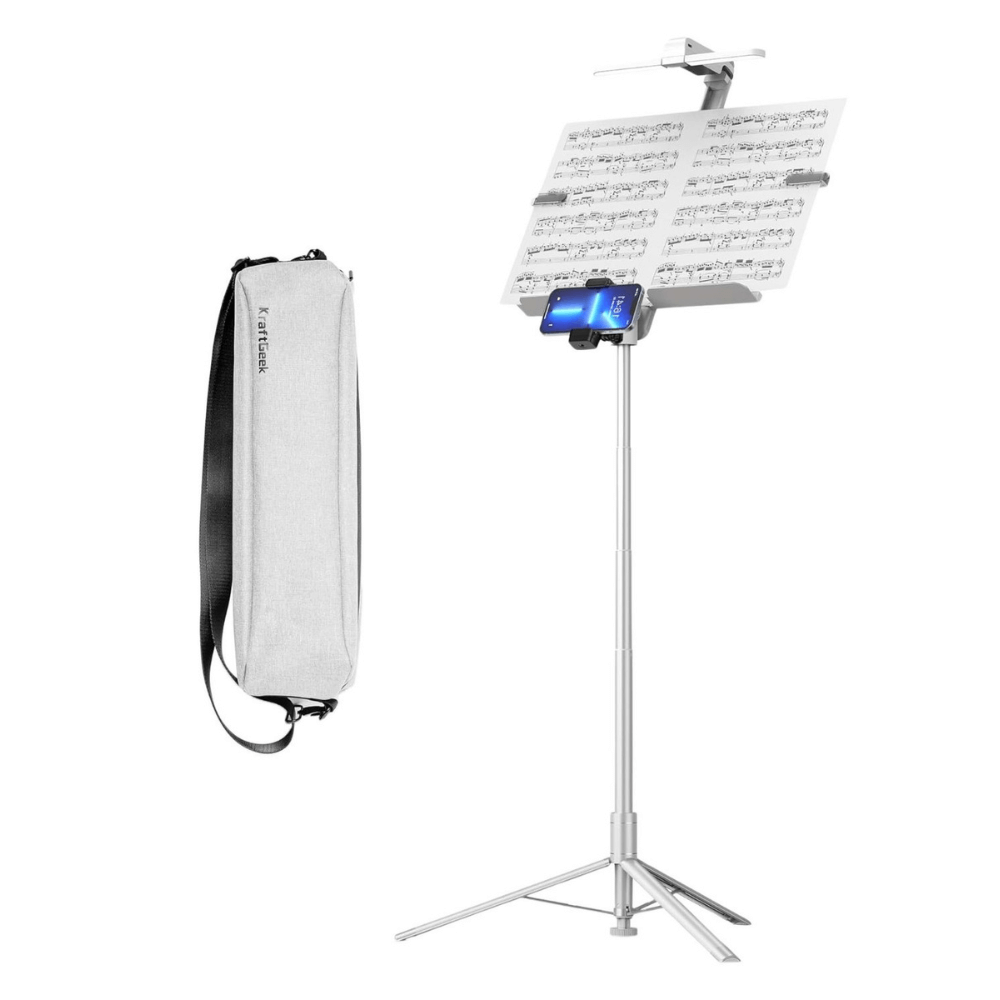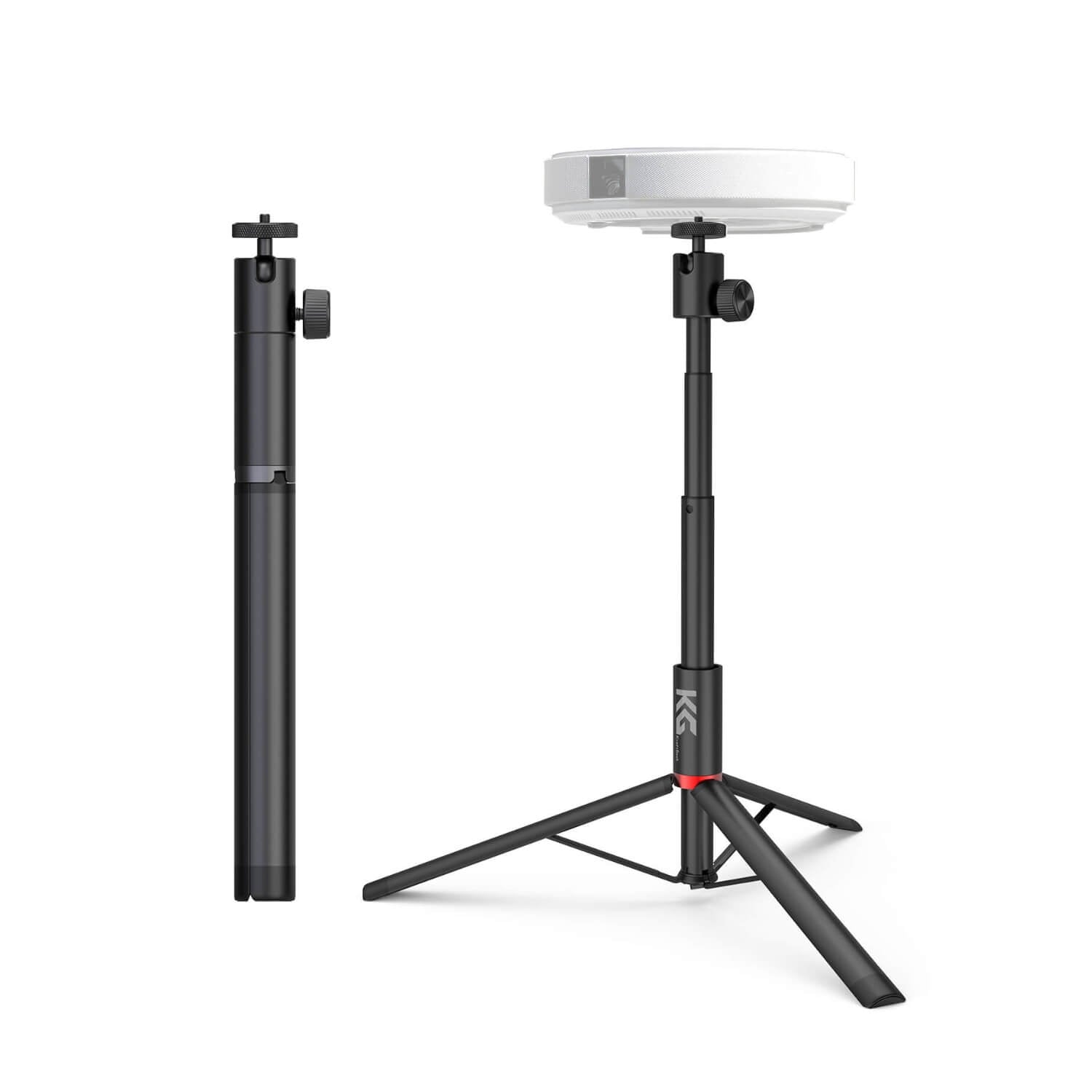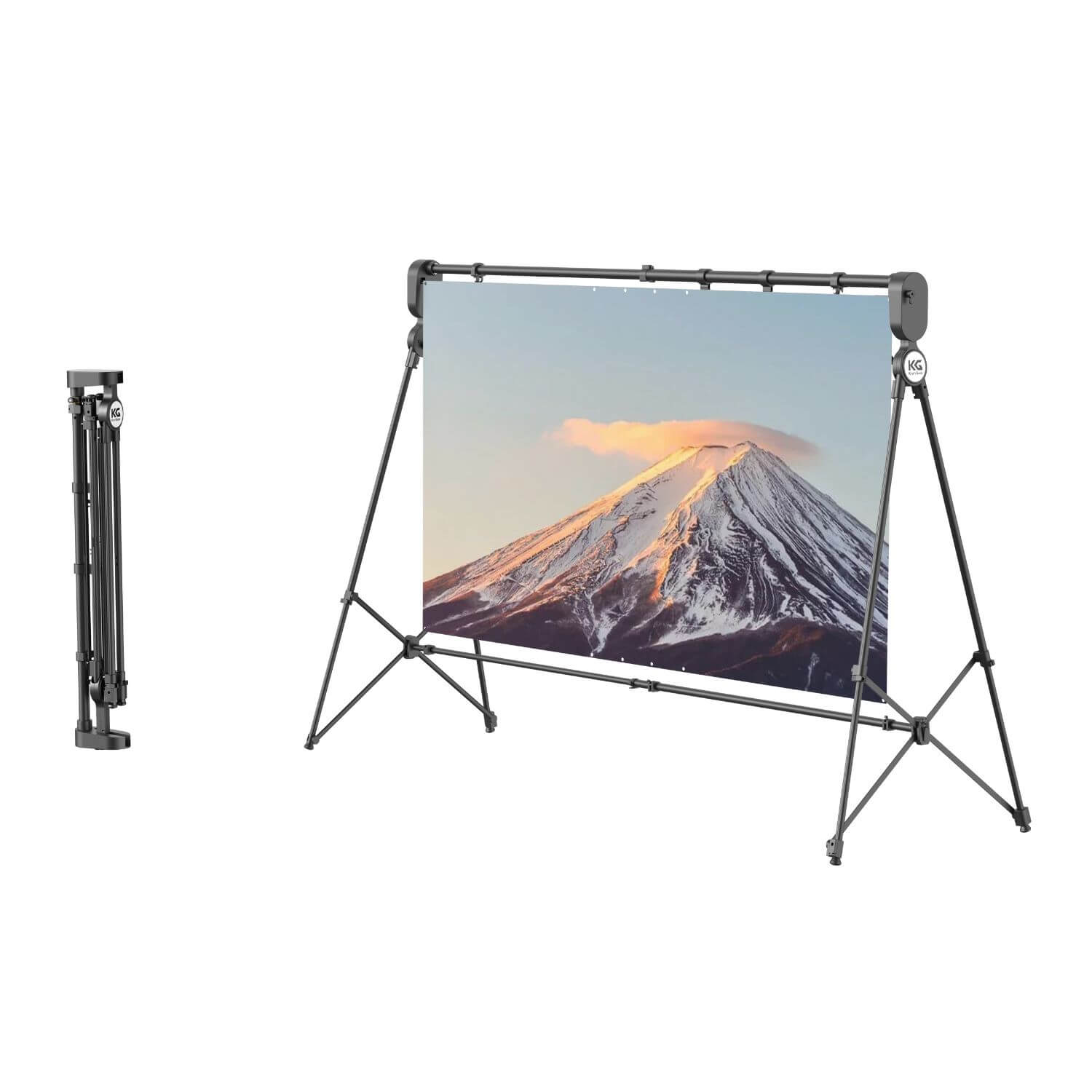Starting your photography journey is thrilling, but picking your first camera can feel overwhelming. With many choices, it's vital to choose wisely. In this blog, we'll explore key factors for choosing your first camera. From knowing camera types to checking sensor size, lens fit, and usability, we'll guide you through each step. By the end, you'll confidently choose the right camera to begin your photography adventure.
Define Your Needs and Budget

To start, determine what you'll mainly use your camera for: photography, videography, or casual snaps. Understanding this will guide you in selecting the ideal camera type. If you're into capturing photos, focus on cameras with excellent photo capabilities. For video enthusiasts, prioritize cameras known for their video quality. If you're simply snapping memories, opt for a user-friendly camera that suits your lifestyle. By clarifying your camera's primary purpose, you can make a well-informed decision, ensuring that your chosen camera aligns perfectly with your needs and preferences.
Setting a realistic budget range is crucial, considering your financial status and desired camera features. Determine how much you're willing to spend and what features matter most to you. This helps narrow down your options and ensures you get the best value for your money. Whether you're looking for basic functionality or advanced features, having a clear budget range helps you make an informed decision without overspending. By aligning your budget with your needs, you can find a camera that meets your requirements without breaking the bank.
Types of Cameras

There are different types of cameras available, such as DSLR, mirrorless, and point-and-shoot, each offering unique features and advantages. DSLR cameras are known for their versatility and interchangeable lenses. Mirrorless cameras are compact and offer high-quality images without the bulk of a DSLR. Point-and-shoot cameras are simple and easy to use, perfect for everyday photography. Understanding the differences between these types helps you choose the right one based on your preferences and needs. Whether you prioritize image quality, portability, or simplicity, there's a camera type suited to your requirements.
Knowing the differences between these camera types can guide you in making a smart choice that fits your needs and preferences. Whether you prioritize image quality, portability, or ease of use, understanding these distinctions ensures you select the right camera for you. Take into account factors like size, weight, lens options, and features to determine which type aligns best with what you want from a camera. By considering these aspects, you can confidently choose a camera that suits your specific needs and enhances your photography experience.
Key Features to Consider
- Pay attention to factors like megapixels and sensor size, as they directly impact image quality and detail.
- Lens compatibility and availability are crucial considerations, especially if you plan to invest in additional lenses for your camera system.
- Evaluate the ISO range and low-light performance to ensure your camera performs well in challenging lighting conditions.
- Autofocus system and shooting speed play a significant role, particularly for capturing fast-moving subjects with precision.
- Image stabilization technology helps reduce camera shake and blur, resulting in sharper images.
- If you intend to shoot videos, consider the camera's video capabilities, including resolution and frame rate options.
- Connectivity options like Wi-Fi and Bluetooth can enhance your workflow by enabling seamless sharing and remote control capabilities.
Ergonomics and Handling
Choosing a camera that feels comfortable and is easy to use is crucial since you'll probably be holding it for long periods. Look for features like ergonomic design, intuitive controls, and a user-friendly interface. Consider factors such as grip size, button placement, and menu navigation to ensure a pleasant shooting experience. Prioritizing comfort and ease of use ensures that you can focus on capturing great photos without struggling with the camera's operation. So, pay attention to these aspects when selecting your camera to make sure it feels right in your hands and is effortless to operate.
Consider the camera's size, weight, grip, and button layout to ensure a comfortable shooting experience. A compact and lightweight camera might be preferable for travel or street photography. Check if the camera's grip feels secure in your hand, preventing discomfort during extended use. Additionally, assess the button layout to see if it's intuitive and easy to reach. These factors contribute to a smoother shooting process, allowing you to focus on capturing moments effortlessly. So, when selecting a camera, prioritize comfort by considering these aspects to enhance your overall photography experience.
Test and Try Out Cameras

- Visit local camera stores to get hands-on experience with different camera models.
- Conduct thorough testing of features, controls, and menu navigation to familiarize yourself with each camera's functionality.
- Consider renting or borrowing cameras for extended periods to gain a deeper understanding of their performance and suitability for your needs.
Research and Reviews
- Utilize online resources, forums, and review websites to gather insights and recommendations from fellow photographers.
- Reading customer reviews and expert opinions can help you narrow down your options and make a well-informed decision.
Brand Reputation and Warranty
- Consider the reputation of camera brands for reliability, build quality, and customer support.
- Review the warranty options and after-sales services offered by manufacturers to ensure peace of mind with your purchase.
Camera Recommendations
While videography capabilities in new cameras are advancing, photography remains paramount for most consumers. Whether capturing travel, landscapes, or fast-paced sports, numerous camera options cater to diverse needs. Modern cameras are typically versatile across various photography genres. The critical variance lies in lens selection. Opting for a less costly camera body paired with superior lenses often yields superior results compared to an expensive body with subpar lenses. Therefore, prioritizing lens quality over camera body expense is advisable for optimal photographic outcomes.
Canon EOS R6 Mark II
The Canon EOS R6 Mark II emerges as the premier choice for photography enthusiasts, boasting a versatile hybrid design suitable for various photography styles. Its robust build, weather sealing, and efficient in-body image stabilization system facilitate steady shooting even at slower shutter speeds. With a stellar full-frame sensor delivering exceptional dynamic range and low-light performance, coupled with top-tier autofocus capabilities and rapid burst shooting up to 40 fps, it excels in capturing everything from portraits to sports.
Sony α7 IV
Meanwhile, the Sony α7 IV offers a compelling alternative with a broader lens ecosystem and higher resolution, albeit with a slightly slower burst rate.
Fujifilm X-T5
For those valuing portability and affordability, the Fujifilm X-T5 shines with its impressive APS-C sensor, delivering remarkable detail and image quality, while the Fujifilm X-H2 caters to studio work with enhanced features for video shooting.
Sony α6700
In the mid-range segment, the Sony α6700 stands out for its superb image quality, portability, and robust autofocus system, complemented by the Fujifilm X-S20's excellent JPEG color science and IBIS.
Canon EOS R10
Budget-conscious photographers can turn to the Canon EOS R10 for its user-friendly interface and advanced autofocus, or consider the Canon EOS R50 for its simplicity, portability, and compatibility with a range of lenses.
Olympus OM-D E-M10 Mark IV
Alternatively, the Olympus OM-D E-M10 Mark IV offers a budget-friendly option with a compact form factor and established lens lineup, albeit with less reliable autofocus and limited low-light capabilities compared to its counterparts.
Accessories and System Compatibility

Before finalizing your camera choice, assess the availability and cost of compatible lenses, batteries, and accessories. Check if there's a variety of lenses suitable for your photography needs and if they fit your budget. Consider the availability and affordability of spare batteries to ensure uninterrupted shooting sessions. Additionally, look into accessories like camera bags, tripods, and filters, and their compatibility with your chosen camera system. By evaluating these factors, you can make an informed decision and ensure that you have access to essential gear to enhance your photography experience without overspending.
When making your camera choice, think about long-term investment and future upgrades in the camera ecosystem. Make sure it's compatible with various accessories and allows for scalability. If you're into phone photography, you may consider KraftGeek phone tripod. This versatile accessory securely holds your phone, enabling steady shots and videos. With its adjustable design and durable build, the KraftGeek phone tripod is suitable for beginners and advanced photographers alike. It offers convenience and stability for all your mobile photography needs, making it a valuable addition to your gear collection.
Conclusion
In essence, when selecting your first camera, it's crucial to think about what you like, what you require, and what you can afford. Don't rush; instead, dedicate time to thorough research. By making an informed decision, you'll embark on an exciting and fulfilling journey in photography, tailored to your preferences and needs. So take your time, explore your options, and choose wisely to ensure a rewarding experience capturing memorable moments through the lens of your camera.











